By Amy Klinefelter, IIDA, LEED AP
Today’s office leasing market is as competitive as ever, with developers feeling pressure to attract top tenants and companies trying to gain an edge with talent recruitment and retention. Many believe that office spaces within true live/work/play developments are the most covetable, because they offer so many benefits just steps away. But increasingly, buildings are inviting those live/work/play features inside the building, creating a mini-city within their walls. As a result, building amenities are growing in quantity, quality and uniqueness, and features that were once considered a luxury have become commonplace. Let’s take a look at how the amenity game has evolved in recent years.
What’s considered standard:
- Rooftop terraces – a terrace has become the norm in most new or revitalized urban office buildings. There’s no better way to enjoy the beautiful view and get some fresh air
- Conference spaces – employees need a range of collaborative, connected areas
- Public spaces – to break down silos and boost morale, many offices include public spaces or hubs that help bring employees together
- Fitness centers/gyms – most companies encourage employee wellness, and fitness centers are a great wellness amenity
- Dining options like Fooda – especially if reasonably priced restaurants aren’t within walking distance, staff need options besides brown-bagging it
- Recreational options – games like ping pong, skee ball and pool are popping up in many modern offices
- Basic services like security and dry cleaning
- Wi-fi throughout the building
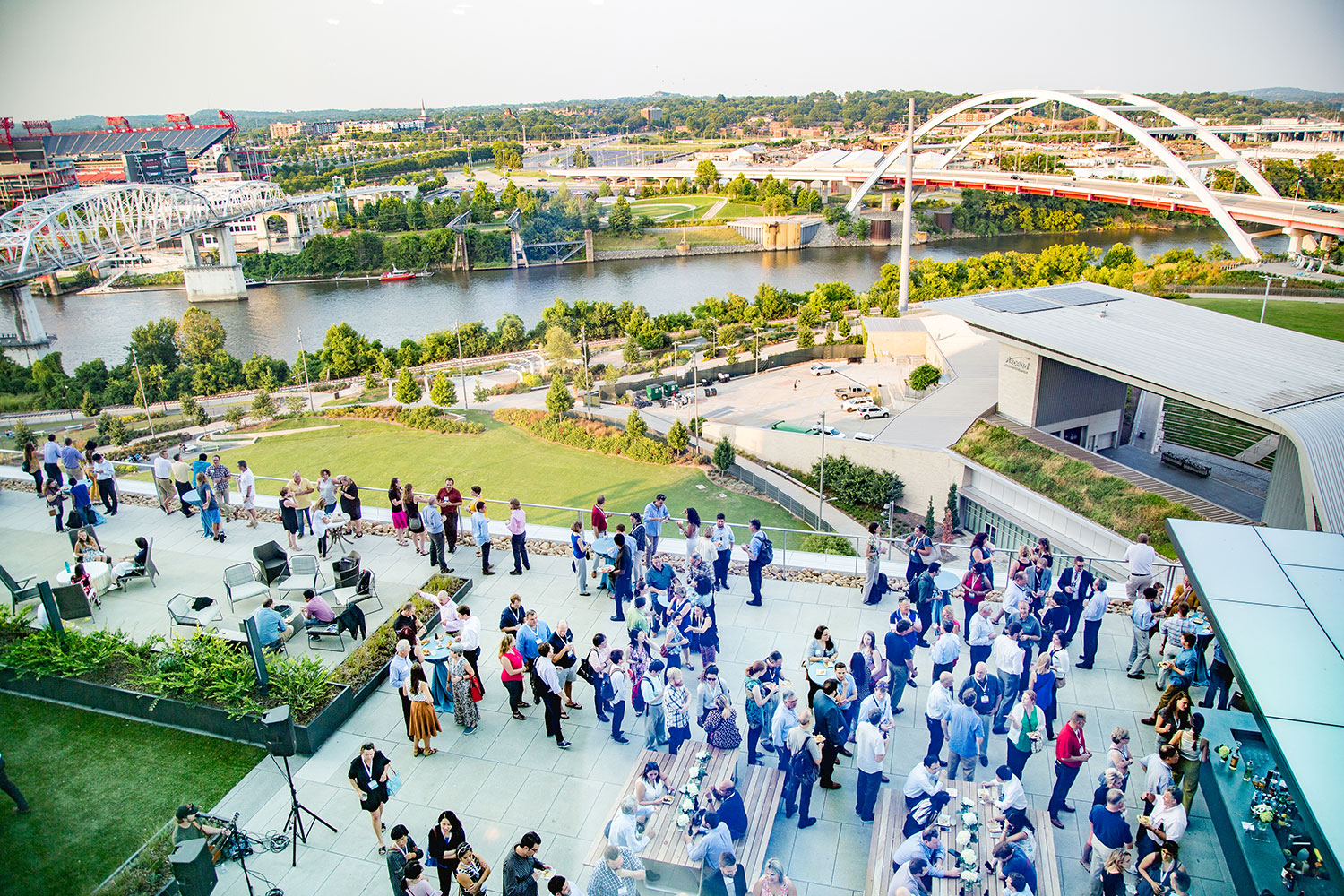
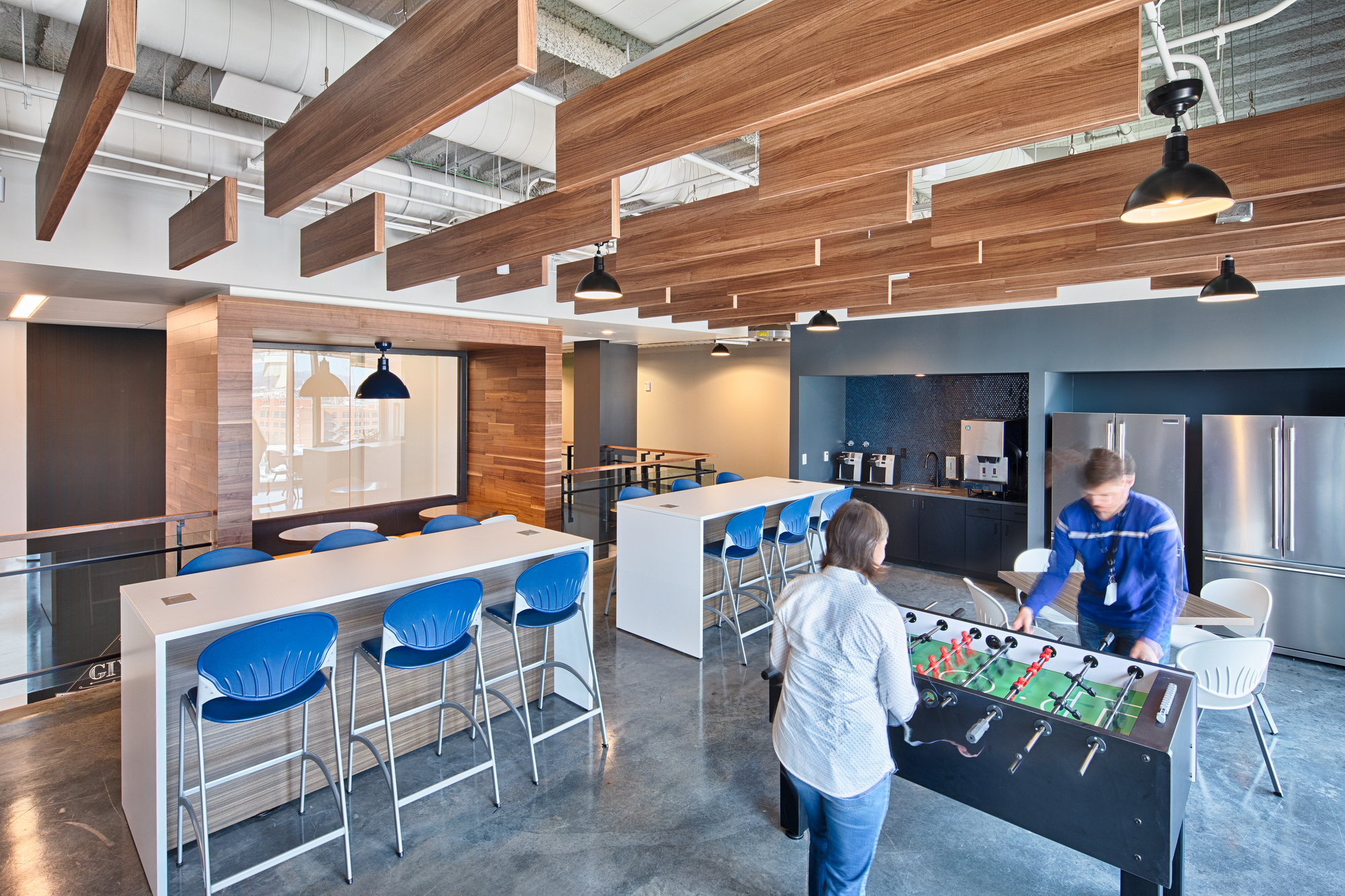
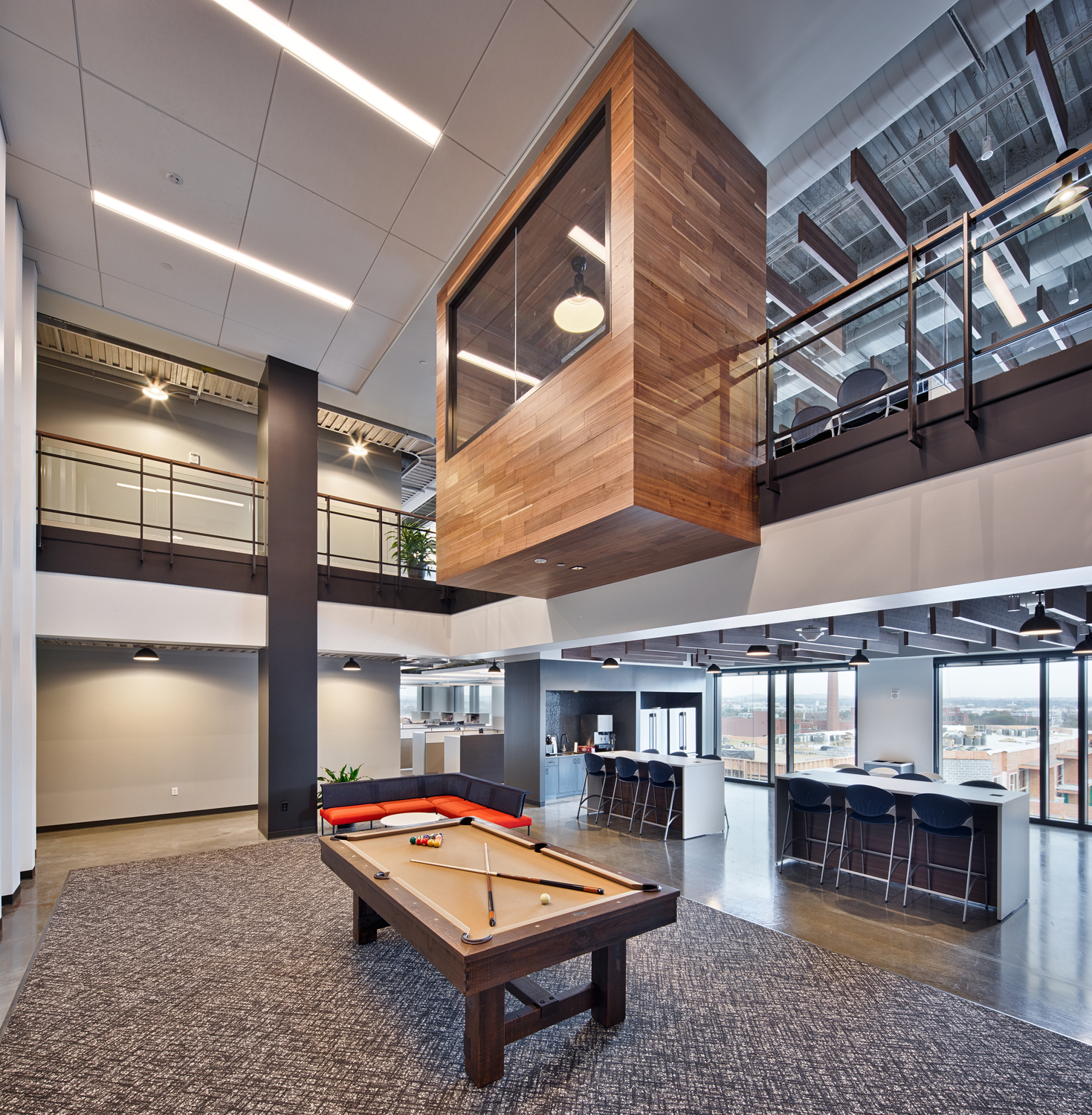
A-game amenities:
- “Third place” style lounges – public spaces and hubs are one thing, but cultivating a real “third place” atmosphere with couches, café tables and televisions is a way to distinguish your building
- Coworking space – these areas allow employees to add variety to their workday and create opportunities for outside workers to use the space
- Full-scale kitchen – high-end buildings are going gourmet, offering space for employees to cook full meals – or even purchase food prepared by a private chef to take home for dinner
- Entertainment spaces – listening rooms, video game consoles and music venues encourage employees to stick around after-hours and get to know colleagues
- Uber/Lyft stations – to make pickup and dropoff a breeze
- On-site daycare and medical offerings
- Pet hospitality – people love their dogs, and great buildings are getting on board with the idea. Some employees get to have Fido by their feet all day, while others are enjoying in-house doggy daycare and dog park facilities
- Genius Bar-inspired technology – taking a cue from Apple’s famed IT support, companies are increasingly offering in-person, on-demand tech help
- Luxury services like private chefs, massage therapists and concierges
- Contextuality – the best buildings are designed with an awareness of their location. They should pay homage to the authenticity of the surrounding neighborhood and, in the best situations, even introduce some new meaning to the community.
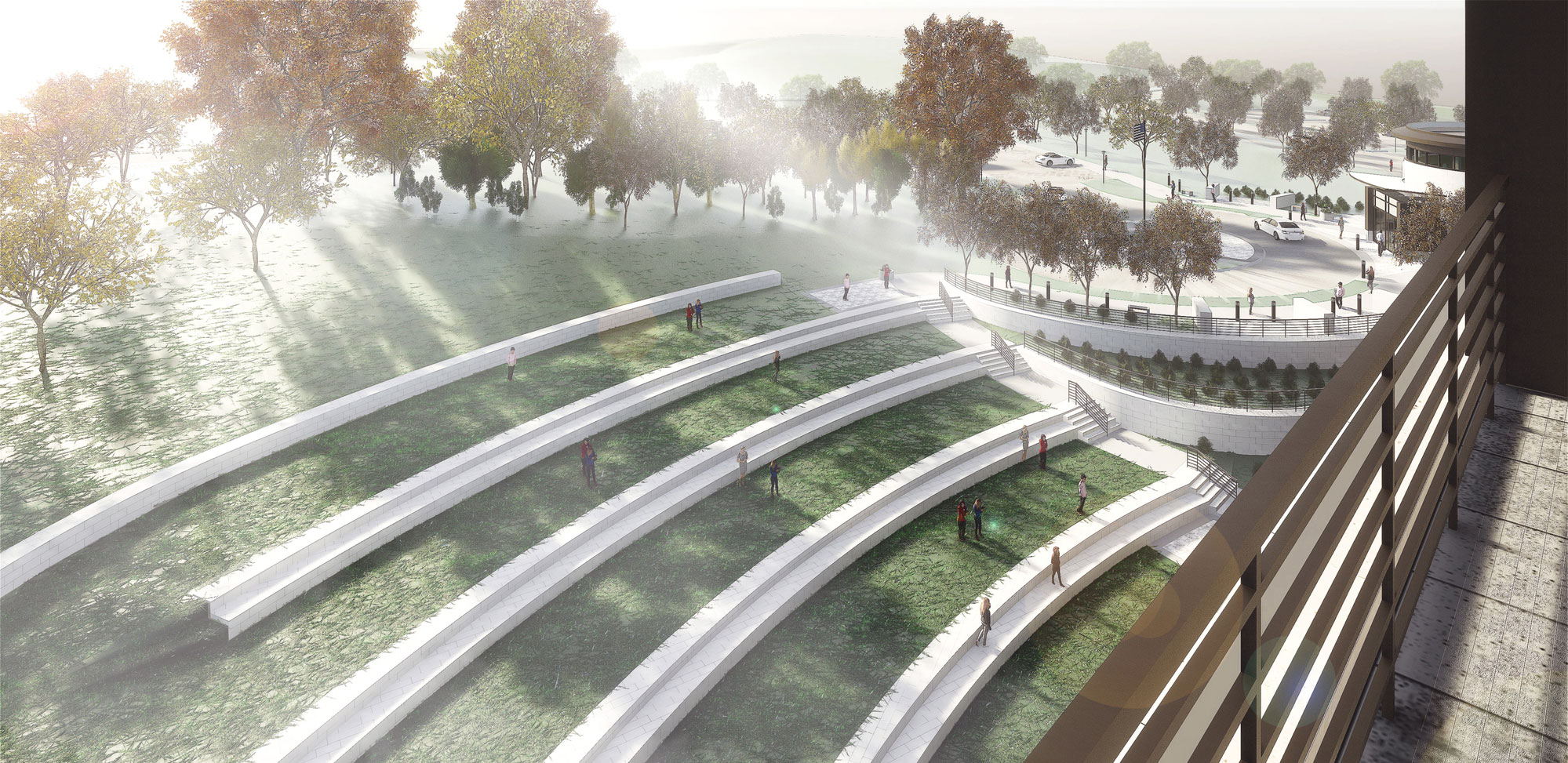

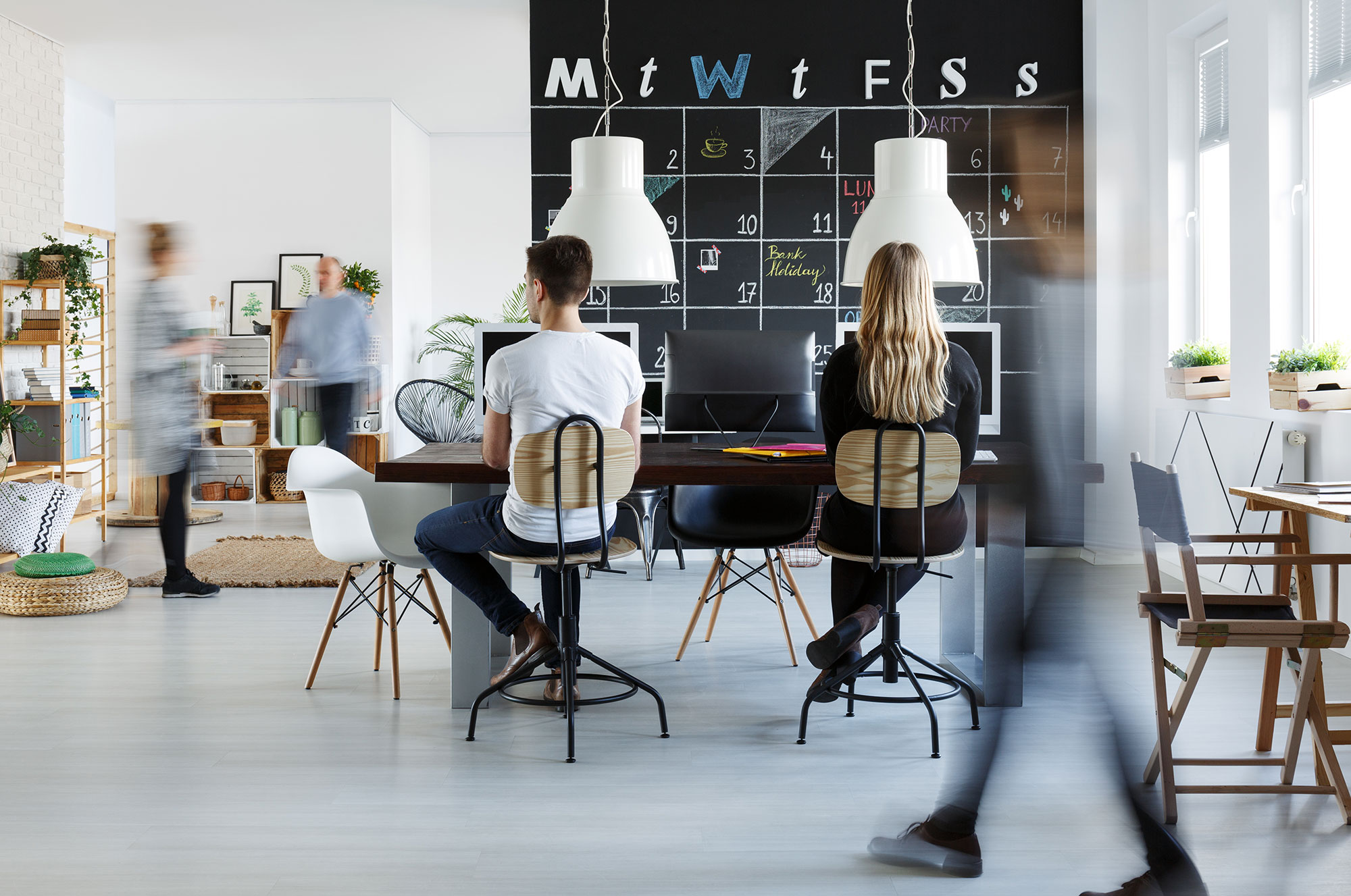
It’s no secret that next-level amenities, and even more basic ones, can come with a substantial price tag. But there’s been a plenty of research indicating the ROI on amenity spending is worthwhile. For companies, they help attract the top talent – and give them good reason to stick around – increasing productivity and profit in the long run. The same goes for developers. Companies seeking best-in-class amenities value real estate and quality-of-life, and they often tend to be the most worthwhile and reliable tenants.
Unless you’re a mega-corporation like Google, you probably can’t afford all of the luxury amenities I listed (and believe me – there are more being dreamed up every day), but the right designer can help you tailor your wish list to suit your needs, meet your budget and help you stand out from the crowd.